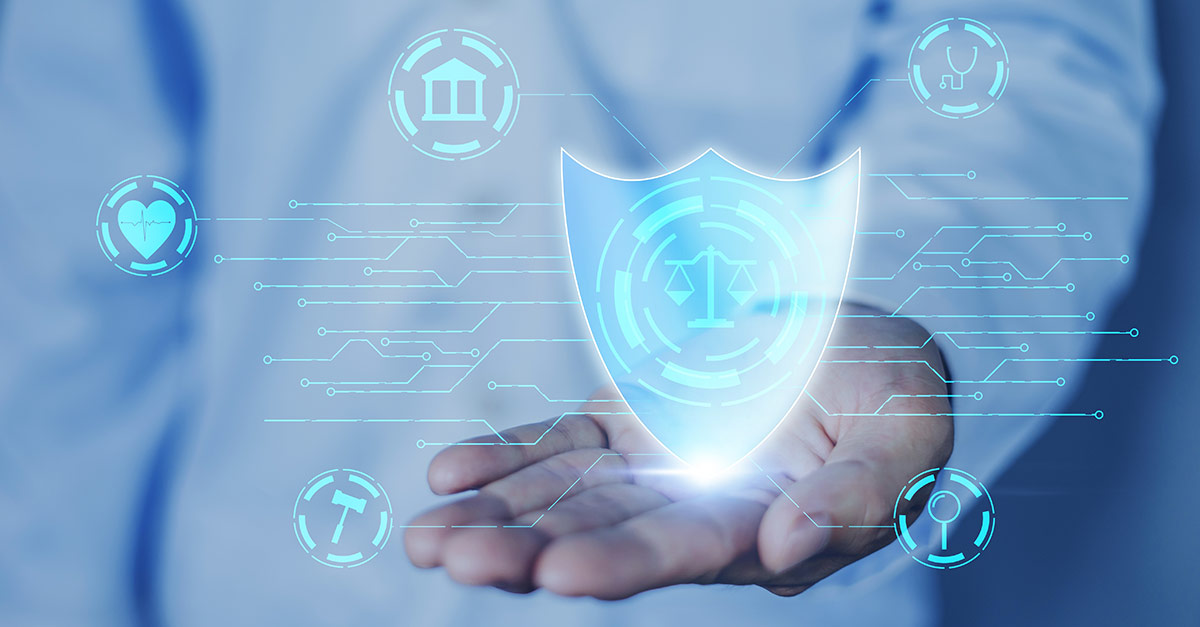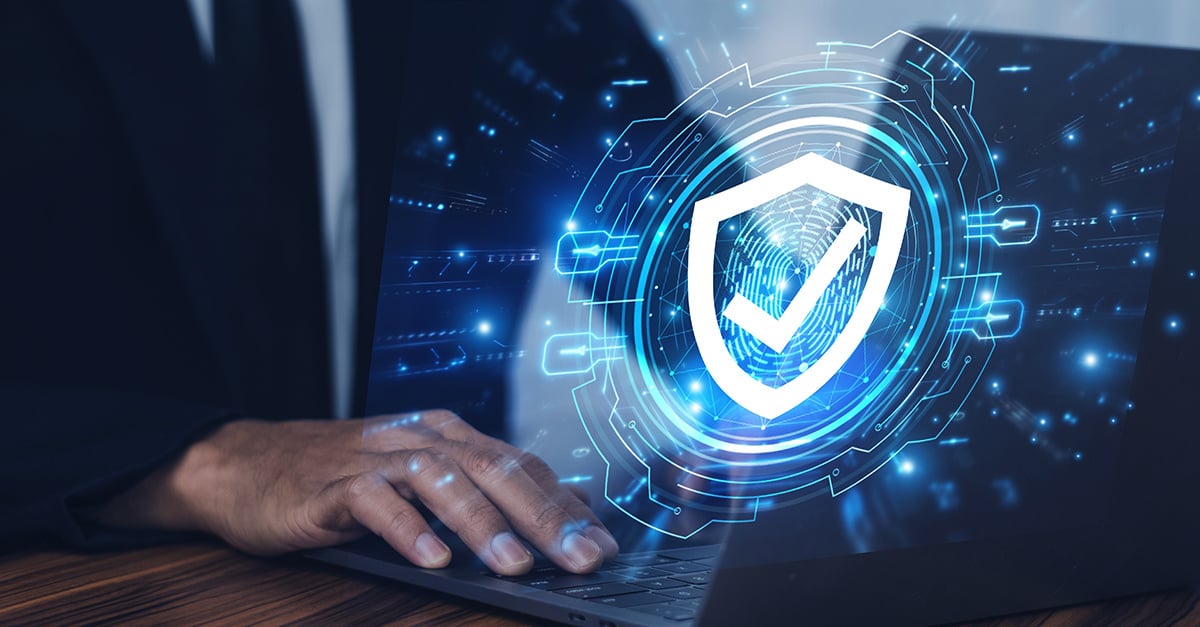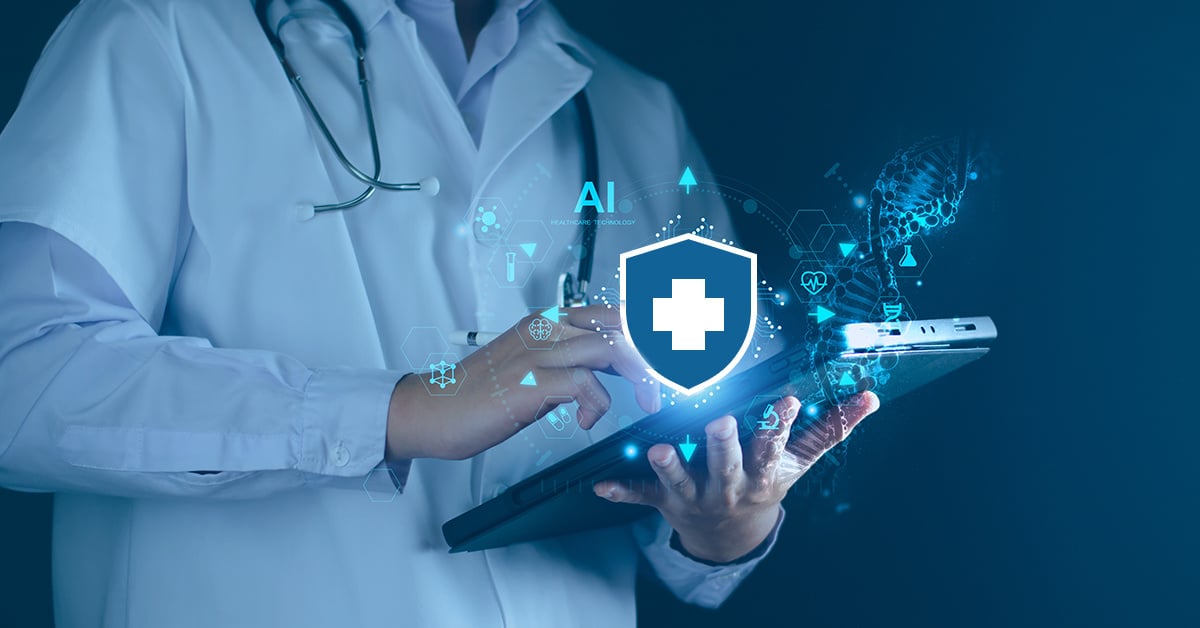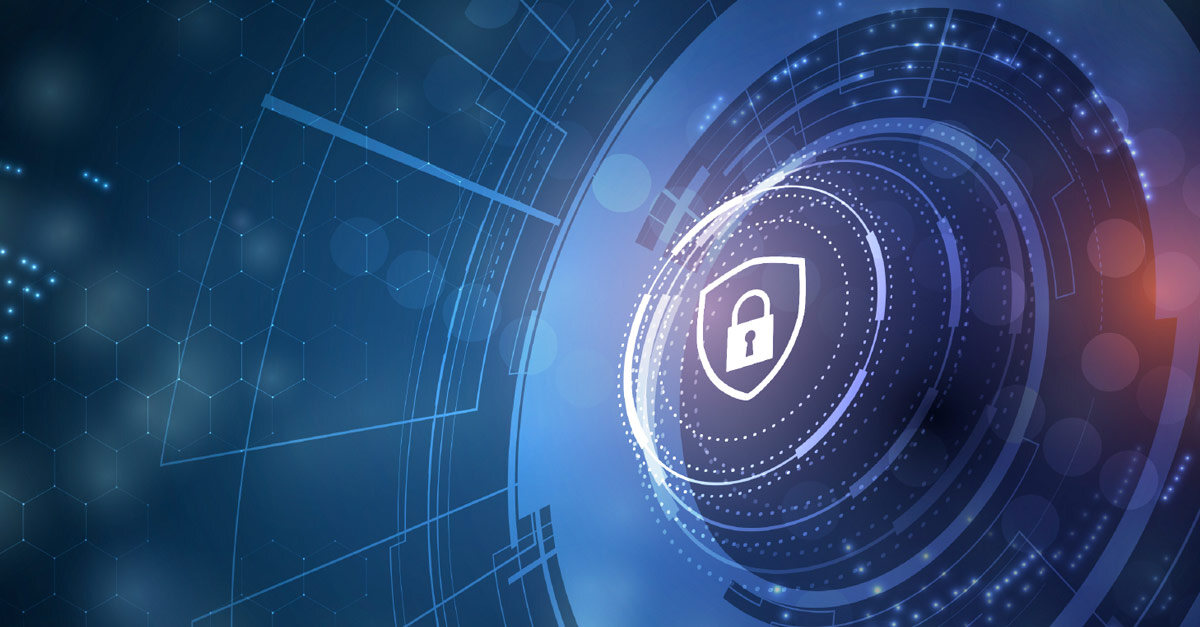Atlas PRIME is ranked Best Provider Data Management Platform of 2025 by MedTech Breakthrough → Read More
Smarter Cybersecurity & IT Risk Management Software for Stronger Security
Keep your systems and data safe from today’s ever-changing threats
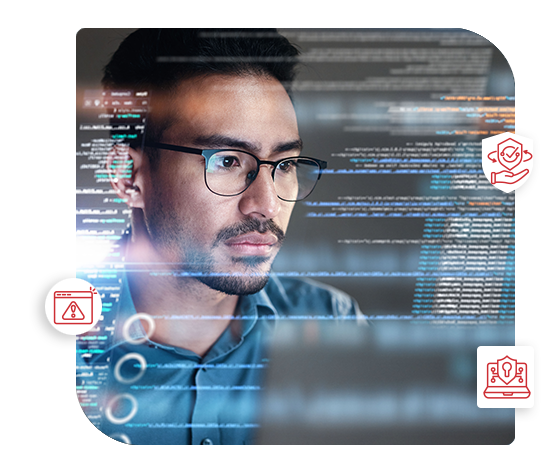
The Atlas Difference
Today’s advanced tech services come with significant risks – a range of challenges that seems to be shifting and growing every week. From AI to cloud and beyond, companies need to ramp up their security awareness and protections just to do business.
Atlas brings a three-step approach to security to cyber-preparedness – Assess, Enable, and Manage. Working with our partners at Tenable, we offer a range of tests and evaluations to define your current threat level. From your websites to your applications and storage, we determine your vulnerability and map a program of solutions.
To enable greater protection, we deploy advanced threat detection tools and refine incident response protocols – making sure you are protected and ready to control any possible incident. And we manage your ongoing health through 24/7 SOC operations, controls monitoring, and regular security reporting – ensuring that your defenses remain effective and compliant over time.
What we do
%20-%20-Provider-lifecycle-management%20-%20-Provider-data-validation%20(1).png?width=824&height=712&name=Service-Detail-Page-(what-we-do)%20-%20-Provider-lifecycle-management%20-%20-Provider-data-validation%20(1).png)
Identify, evaluate, and reduce risks
---QA-SERVICES.png?width=824&height=712&name=Service-Detail-Page-(what-we-do)---QA-SERVICES.png)
An all-inclusive approach to cataloging, controlling, and protecting your digital assets

Round-the-clock monitoring, defense and administration
Test the safety of your external-facing assets, from websites to endpoints
Take incident response to the next level
Get the tools and service you need to keep bad actors at bay
Atlas Success Story

Atlas supports business information powerhouse in move to hybrid cloud
A leader in insights for global business needed to re-design its existing cloud architecture to support hybrid-cloud implementation. The in-house team also had to reconcile a platform made up of multiple products gathered through acquisitions. Atlas drew on its expertise to offer a secured, industry-compliant test lab build out; a data-generation tool to create email, social media, and more; and automation to monitor the test environment and test bed creation. The result: 78% optimization through automation.
What our clients say
“The Atlas team always does a great job. We were working on a complex project and the team has delivered everything before time. Atlas has been a great technology partner for our company and supporting our IT as well as database infrastructure projects. The team is always reliable and professional. I know Atlas is looking out for our best interests and helping to scale our business. Thanks for all the extraordinary efforts!”
Director - Systems Engineering
Large American Private Equity Firm




%20imagery%20-%20assuring%20quality%201.png?width=103&height=87&name=2024-12-24%20PRIME%20PCM%20(Monitoring)%20imagery%20-%20assuring%20quality%201.png)













